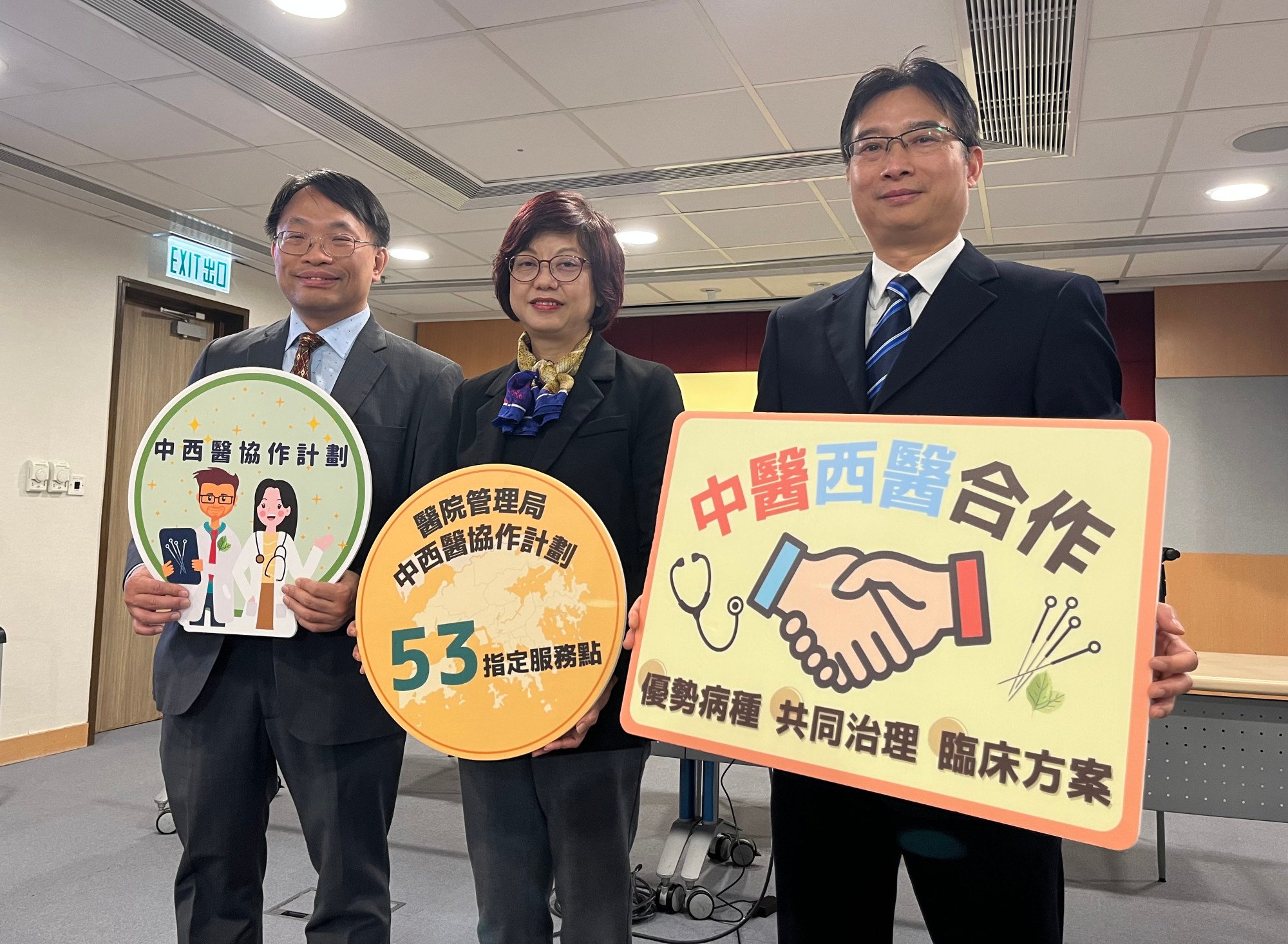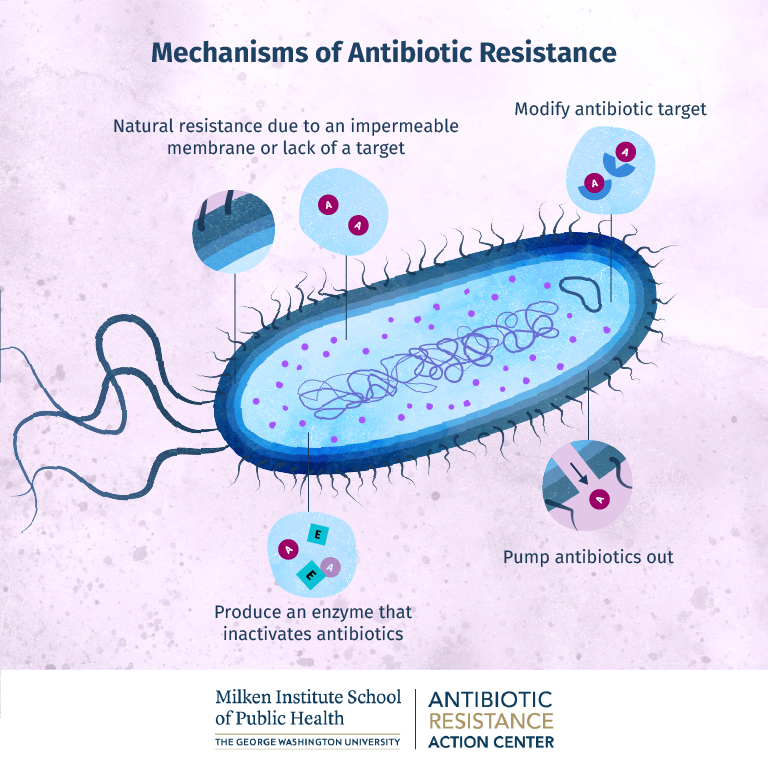
The Hong Kong Hospital Authority has significantly expanded its Integrated Chinese-Western Medicine Programme, now offering services in 26 hospitals, up from just 8 last year. This growth means that 53 service points are now available across the city, with the capacity to treat an estimated 30,000 patients annually. This expansion reflects a growing recognition of the benefits of combining traditional Chinese medicine (TCM) with Western medical practices to improve patient outcomes.
Understanding the Integrated Chinese-Western Medicine Programme
Integrated medicine combines the strengths of both Chinese and Western medical practices to provide comprehensive care. This approach is particularly effective for treating conditions like cancer, stroke, and musculoskeletal pain. For example, cancer patients may receive chemotherapy (Western medicine) alongside acupuncture or herbal remedies (Chinese medicine) to manage side effects and improve overall well-being. Similarly, stroke patients might benefit from physical therapy and TCM techniques to enhance recovery.
The programme involves joint teams of Chinese and Western medical practitioners who collaborate to create personalized treatment plans. These teams use a variety of modalities, including acupuncture, herbal medicine, and conventional therapies, to address the unique needs of each patient. This collaborative approach ensures that patients receive the most effective treatments from both medical traditions.
The Expansion and Its Impact
The expansion from 8 to 26 hospitals was driven by increasing patient demand and strong government support. This growth has made integrated medicine more accessible to a larger population, improving patient care and outcomes. The 53 service points now available across Hong Kong ensure that more patients can benefit from these combined treatments.
One of the key challenges during the expansion was ensuring that all practitioners were adequately trained in both Chinese and Western medicine. This was addressed through comprehensive training programmes and ongoing professional development. The result is a highly skilled workforce capable of delivering high-quality integrated care.
Patient Experience and Accessibility
Patients receiving integrated Chinese-Western medicine treatments report high levels of satisfaction. The combination of treatments often leads to better outcomes, particularly for chronic conditions. Accessibility has also improved, with services now available in more regions across Hong Kong. Patients can access these services through a referral process, which ensures that they receive the most appropriate care.
The cost-effectiveness of integrated treatments is another significant benefit. By combining therapies, patients often require fewer hospital visits and experience faster recovery times, reducing overall healthcare costs. Practitioners involved in the programme are highly qualified, with rigorous training in both Chinese and Western medicine.
Regulatory and Policy Framework
The practice of Chinese medicine in Hong Kong is governed by a robust regulatory framework. This ensures that all practitioners meet high standards of training and practice. The Hospital Authority plays a key role in promoting and regulating integrated medicine, ensuring that patients receive safe and effective care.
Policies supporting the integration of Chinese and Western medicine have been instrumental in the programme’s success. These policies include accreditation and licensing requirements for practitioners, as well as guidelines for the safe and effective use of integrated treatments. The Hospital Authority continues to work on improving these policies to further enhance patient care.
Research and Development in Integrated Medicine
Research is a critical component of the Integrated Chinese-Western Medicine Programme. Clinical trials and studies are conducted to validate the efficacy of integrated treatments. Collaboration between hospitals and research institutions helps to advance the field of integrated medicine, leading to new and innovative treatments.
Technology also plays a key role in enhancing the delivery of integrated care. For example, electronic health records allow practitioners to easily share information and coordinate care. Future research directions include exploring the potential of new technologies, such as artificial intelligence, to further improve patient outcomes.
Challenges and Opportunities for the Future
Despite the programme’s success, there are ongoing challenges. Cultural barriers and skepticism about integrated medicine can hinder its adoption. However, public education and awareness campaigns are helping to address these issues. Opportunities for further innovation and improvement in the programme are vast, particularly in the areas of research and technology.
International collaboration and knowledge sharing are also important for the future of integrated medicine. By learning from other countries’ experiences, Hong Kong can continue to lead the way in this field. The Hong Kong Hospital Authority’s initiative is a significant step forward in healthcare, with the potential to influence global practices.












